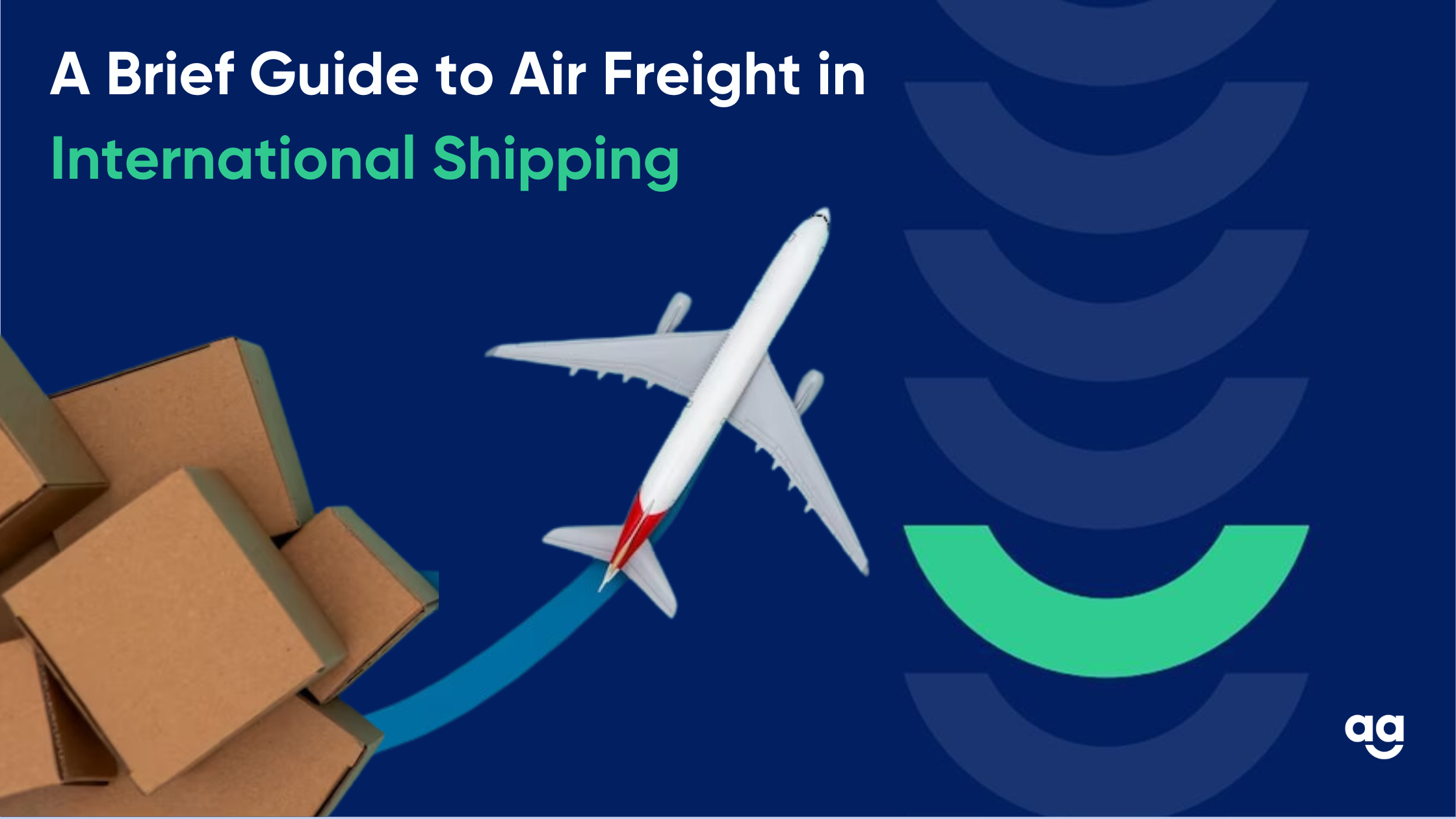Introduction
When it comes to international shipping, air freight plays a vital role in the efficient and timely delivery of goods across borders. As businesses increasingly expand their global operations, understanding the nuances of air freight becomes essential.
In this blog post, we will provide a brief guide to air freight in international shipping, covering its advantages, considerations, processes, and key factors to ensure a smooth and successful air freight operation.
Advantages of Air Freight
Air freight offers numerous advantages for international shipping. It is known for its speed, allowing businesses to meet tight deadlines and minimize transit times. This swift mode of transportation is particularly beneficial for perishable goods, high-value products, and time-sensitive shipments.
Additionally, air freight provides enhanced security measures, reducing the risk of theft or damage during transit. With reliable tracking systems and advanced handling facilities, air freight ensures greater visibility and control over the shipment’s journey.
Key Considerations for Air Freight
While air freight offers several benefits, it is important to consider various factors when opting for this mode of transportation. The weight and volume of the goods, as well as their value, should be evaluated to determine the cost-effectiveness of air freight.
Certain goods, such as oversized or heavy cargo, may have restrictions or require special handling procedures. Additionally, businesses must be aware of any specific regulations, customs requirements, or documentation needed for air freight shipments, such as airway bills and packing lists.
Air Freight Processes
Understanding the processes involved in air freight is crucial for successful international shipping. It begins with the proper packaging and labeling of goods to ensure compliance with safety regulations and to protect the items during transport.
Freight forwarders or logistics providers play a crucial role in coordinating the shipment, including booking space on aircraft, handling documentation, and arranging for customs clearance. Once the goods arrive at the destination airport, they undergo customs inspections and are either picked up by the consignee or transported to the final destination via ground transportation.
Key Factors for Successful Air Freight Operations
To ensure a smooth and successful air freight operation, several key factors must be considered. These include:
Timely Planning:
Adequate planning and coordination are essential to meet shipment deadlines and optimize the transit time.
Proper Documentation:
Accurate and complete documentation, such as airway bills, commercial invoices, and packing lists, must be prepared to comply with customs requirements and facilitate smooth clearance processes.
Packaging and Labeling:
Goods should be packaged securely to withstand the rigors of air transport and labeled appropriately for identification and handling instructions.
Customs Compliance:
Complying with customs regulations and procedures is crucial to prevent delays and ensure smooth clearance at both the origin and destination airports.
Choosing the Right Service Provider:
Selecting a reliable freight forwarder or logistics provider with experience in air freight is essential. They can handle the intricacies of the process, provide expert advice, and ensure a seamless shipment journey.
Conclusion
Air freight is a crucial component of international shipping, offering speed, security, and efficiency. By understanding the advantages, considerations, and processes involved in air freight operations, businesses can make informed decisions and effectively utilize this mode of transportation.
Careful planning, proper documentation, and collaboration with experienced service providers are key to achieving successful air freight shipments, ensuring timely deliveries and customer satisfaction in the global marketplace.







 Shipping
Shipping







